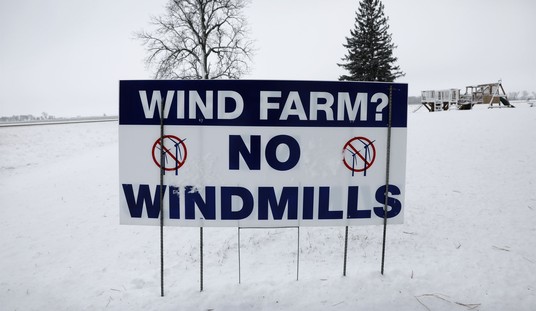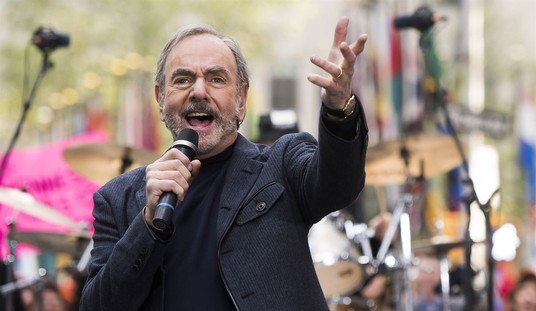And, for that matter, at the wrong weapons, too. Washington Post columnist Courtland Milloy has already weighed in once on the necessity of the Second Amendment in recent American history in defense of civil rights. Yesterday, Milloy related an epiphany he had at a gun range after firing a few rounds through the much-maligned AR-15 when he compared the output to the shotgun Obama used last August in a picture released by the White House over the weekend:
The more I fired the AR-15, the harder it was to pretend that any gun was somehow more dangerous than the person holding it. …
I don’t particularly like the AR-15, although it is one of the most popular rifles in the country. Three million have been sold, according to an NRA researcher. But to define it as an assault rifle because of how it looks — with a pistol grip, adjustable stock, flash suppressor and “high capacity” magazine — is silly.
You want to see a dangerous-looking gun, look at the one President Obama was photographed skeet shooting with at Camp David last summer. That shotgun of his was big enough to take down a woolly mammoth. When I pulled the trigger on the AR-15, one high-powered round came out. Maybe I hit something; maybe I didn’t. Obama can’t miss. He could clear a room with one double-barreled blast.
Why ban one and not the other? And once you start banning semiautomatics, where do you stop?
Good question. Here’s a better one: Does anyone really think that gun-control advocates plan to stop? The previous “assault weapon” ban didn’t do anything to reduce mass shootings or crime. The number of gun victims have actually dropped in each of the past five years for which we have data (2007-2011 inclusive), and the number of homicide victims from all rifles is about 3% of all homicide victims. If one wanted to pursue a useless gun policy, the ban of selected semiautomatic rifles is right in that vacuous wheelhouse.
Milloy argues that we should be addressing the real causes of violence — not the weapons, but the perpetrators. Unfortunately, that’s where he goes a bit off the rails:
If gun control advocates were truly serious and not just well meaning, they’d be focusing a lot more on education and mental health. For instance, everybody knows that our children are being adversely affected by violent video games. So why aren’t schools deconstructing video games as part of the curriculum, explaining to students how the military uses these same war games to condition troops to kill without remorse?
Show students, frame by frame, how they are being gamed by the gamers and how profits are made by making them mentally ill.
That’s an absurd statement. Millions of people play these games without making themselves “mentally ill.” Does it help contribute to a culture where life is devalued? I’d say yes, but let’s not make the bogus argument that playing these games produces mental illness.
The kind of deconstructive education Milloy suggests is a very good idea, and it applies to all cultural pressures, especially entertainment. But that’s not the job of schools, which should be focused on teaching reading, science, history, and language. That’s the job of parents and faith organizations, and it takes families that are intact, strong, and clear-minded about those influences to do the job. It would help if government built up that family structure and parental authority rather than undermined it. If that happened, we might not have as much of an issue with gun crime at all.








Join the conversation as a VIP Member